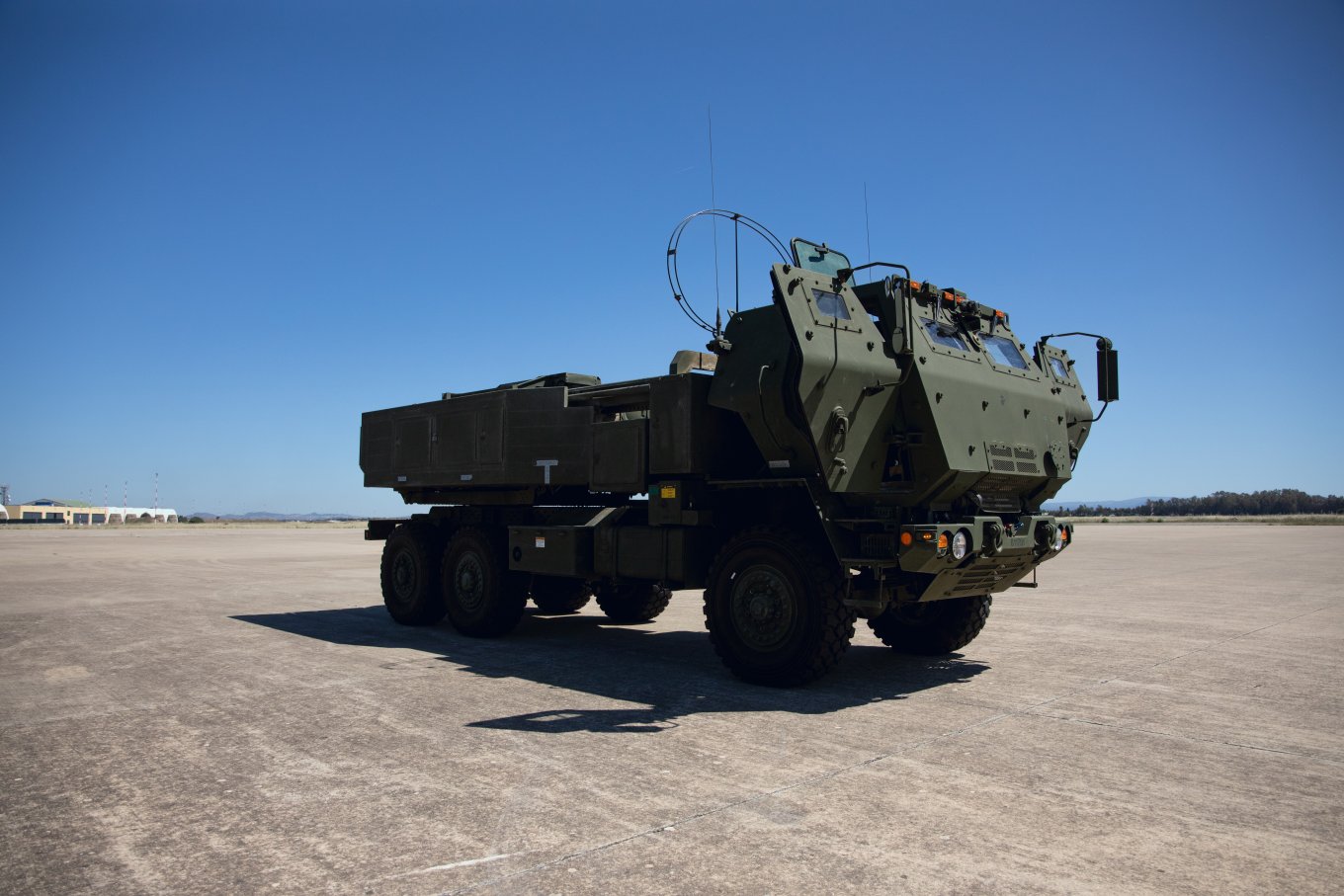Estonia plans to acquire additional high-precision long-range missile systems. If the U.S. is unable to deliver the M142 HIMARS on time, Tallinn may consider purchasing a similar system from competitors.
Defense Minister Hanno Pevkur mentioned this potential scenario in an interview with Breaking Defense. He pointed out that there are significant concerns regarding the lengthy timelines for fulfilling the HIMARS order, and that "time is running out."

According to Defense Express, this would be Estonia's second HIMARS order, provided the timelines are acceptable. The first order was placed back in 2022 for €200 million, although the number of systems and missiles was not disclosed. However, the previously issued purchase permit included 6 HIMARS launchers, 18 ATACMS missiles, 36 "packages" (of 6 missiles each) of GMLRS, and 72 "packages" of ER GMLRS, with a maximum price of up to $500 million.
It has now been revealed that the first HIMARS deliveries to Estonia are not expected until 2025. Given that even the supply of a few systems takes three years, it's understandable why Tallinn has these concerns. The final decision on the choice of system, according to the minister, will be made in the coming months.
Meanwhile, Estonia may indeed opt for other alternatives. For instance, like Poland, it could purchase the Korean K239 Chunmoo, which has also been acquired, even though Poland ordered an astronomically high number of HIMARS - up to 486 units. Or, similar to Germany, which has tracked M270 systems, and in early February finally ordered the Israeli PULS.
Ultimately, Estonia's example illustrates why defense ministries are voluntarily creating what is referred to as a "zoo" of different systems. This trend is beginning to affect countries with relatively small armed forces (Estonia has 7,000 personnel, of which about 3,750 are in ground forces) and limited defense orders.